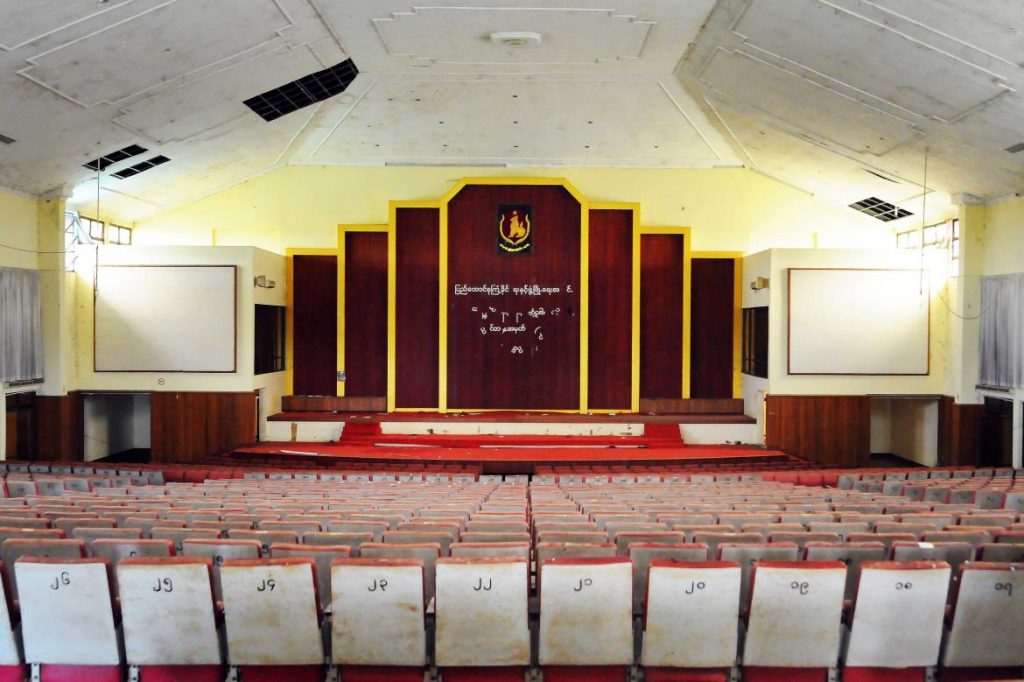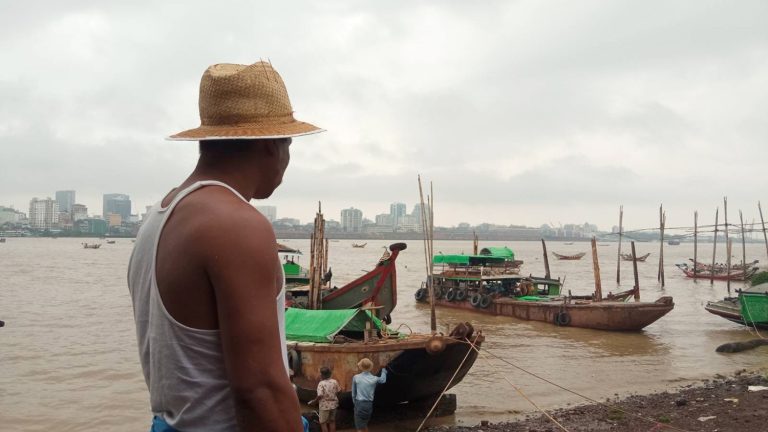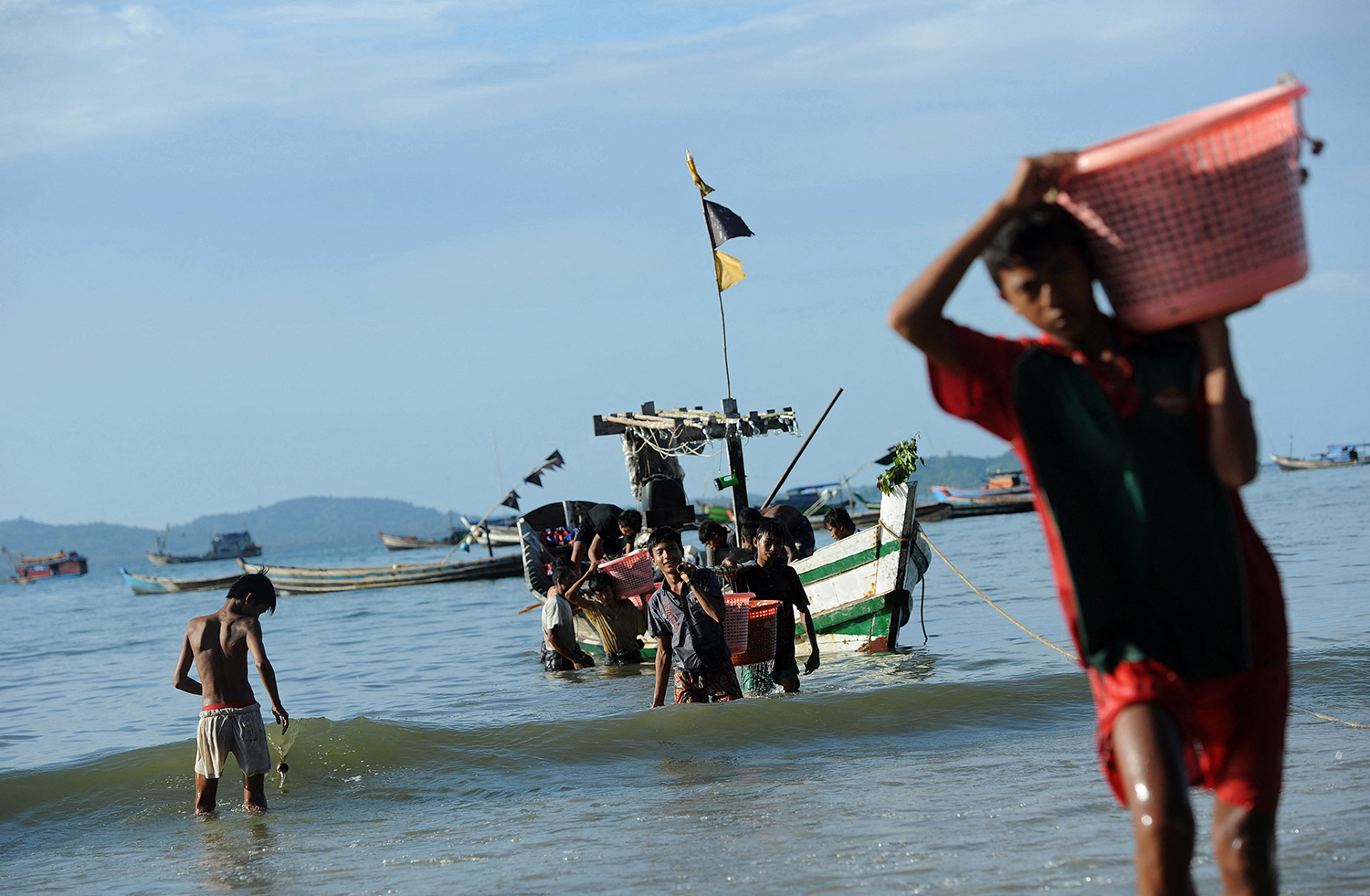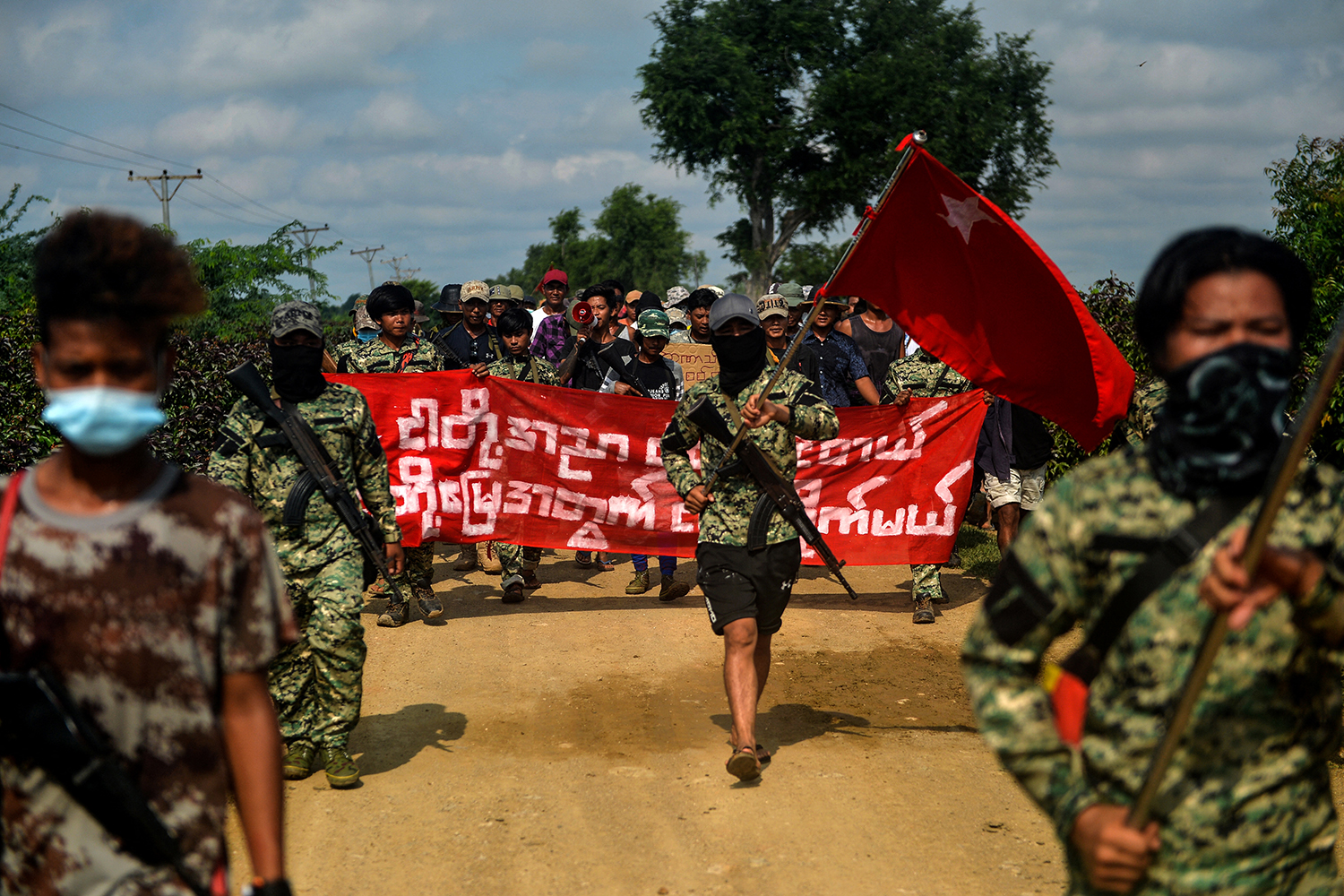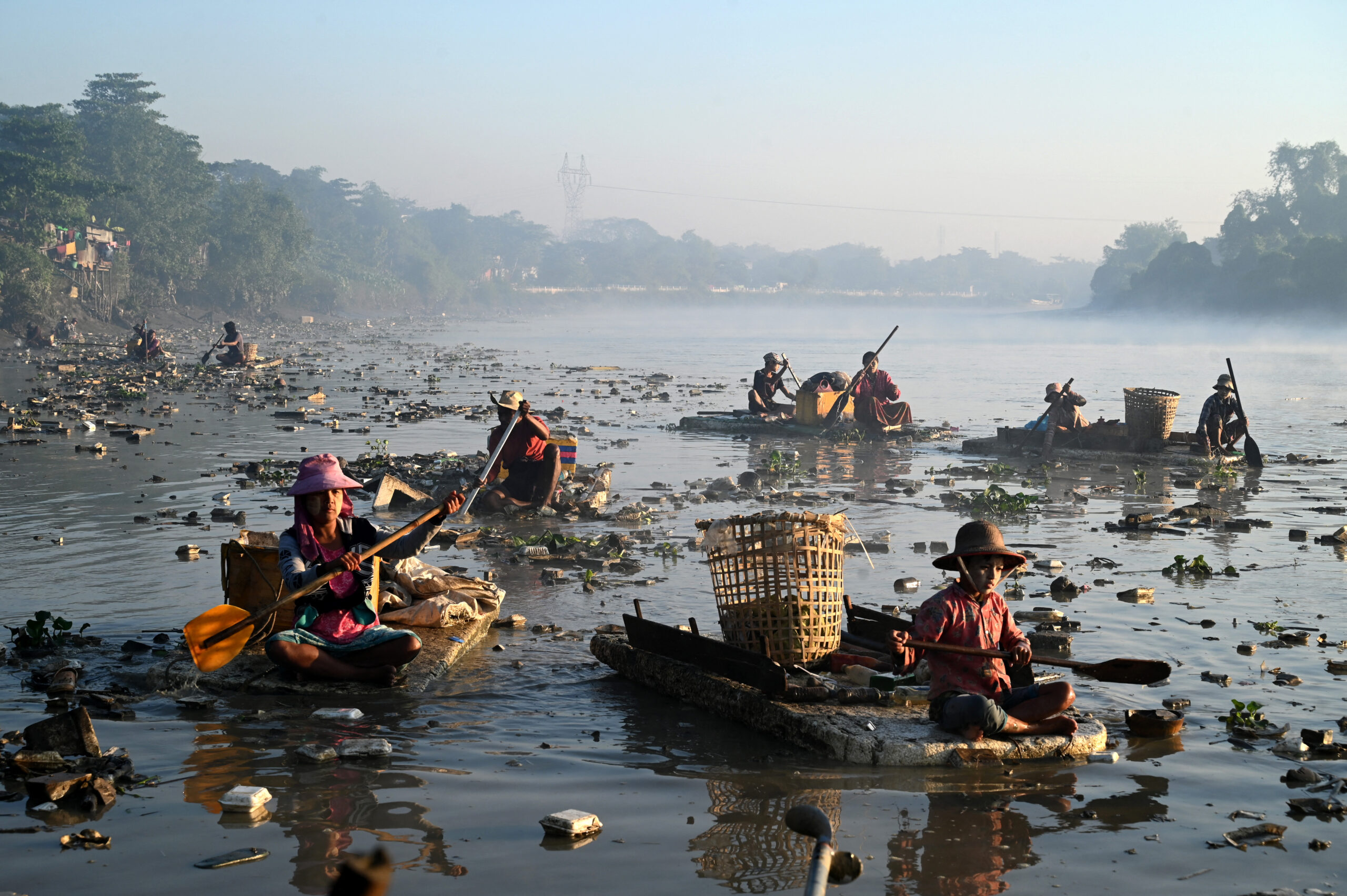Abandoned since work on drafting the 2008 charter ended, the Nyaunghnapin Camp is set to be developed into an industrial zone backed by South Korea.
By MRATT KYAW THU & THOMAS KEAN | FRONTIER
THE HALF a dozen newly-fenced compounds on the road to the Nyaunghnapin Camp in Hmawbi Township are the only hint of the big plans for the area.
The Myanmar and South Korean governments plan to turn Nyaunghnapin into a 600-acre (242-hectare) industrial zone, hoping to attract investment from around the globe.
The project will represent a rebirth of sorts for Nyaunghnapin, which was built from scratch by the junta in the early 2000s to host delegates drafting the constitution at what was known as the National Convention.
The site, about 45 kilometres north of Yangon, has been quiet since September 2007, when work on drafting the charter ended. Since then, an order under section 144 of the Code of Criminal Procedure banning entry has been in place, although locals often graze their livestock inside the compound.
Support more independent journalism like this. Sign up to be a Frontier member.
As Frontier observed in a feature last year, the once lively, self-contained community – at least when the convention was in session – has become a ghost town. Weeds flourish beside the faded pompous grandeur of the Pyidaungsu Hall where the constitution was debated. The 600 air-conditioners that once helped to keep delegates and others comfortable in the heat are exposed to the elements and sprouting weeds, and the clinic and convenience stores are crumbling and overgrown.
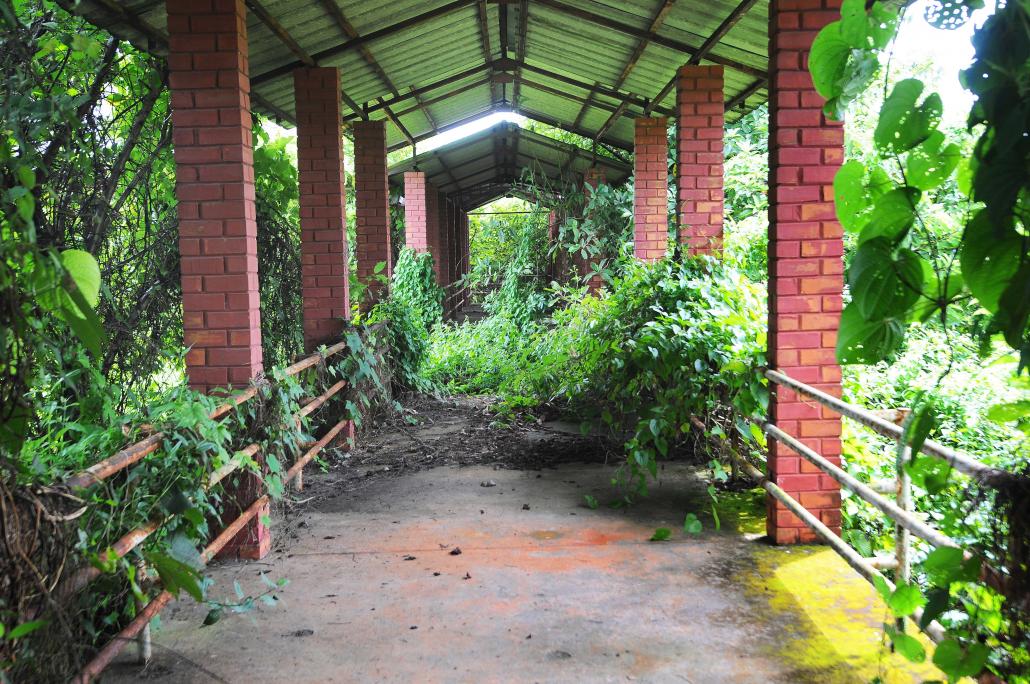
The 2008 constitution was drafted at Nyaunghnapin in northern Yangon, but there are now plans to turn the site into an industrial zone backed by the South Korean government. (Steve Tickner | Frontier)
Little had changed when Frontier visited again last week; if anything, nature has reclaimed even more of the site.
But building work on the planned industrial zone could begin in little more than six months, said the developer, a South Korean government agency called the Land and Housing Corporation.
LHC is working with the Ministry of Construction’s Department of Housing and Urban Development on the project, which will employ a joint venture vehicle similar to that used at the Thilawa Special Economic Zone.
Under LHC’s development proposal, about two-thirds of the site’s 585 acres will be for industry. Another 10 percent will be allocated for a range of uses, including commercial, housing, vocational training and high-tech industry, while the rest will be infrastructure.
DHUD assistant director Daw Moe Thida said the government was contributing the land for its 40 percent stake, while LHC will invest US$60 million to build the zone. “The government has no money to invest in the project,” she told Frontier.
Another golden age?
Local residents said the compounds along the main road from the Yangon-Pyay Highway had been fenced in the past three months, as owners prepared for the arrival of the chaebol – giant South Korean conglomerates such as Samsung and Hyundai.
Although water-logged paddy fields cover other land in the area, almost all of it has been snapped up by speculators and investors confident that the industrial zone and accompanying infrastructure will lead to a development boom.
But the buying mostly occurred three to five years ago, when the project was but a whisper on the lips of policymakers and government insiders.
Ko Min Zaw, a taxi driver born and raised in Nyaunghnapin village, said that some locals had “become wealthy by selling many acres of fields”.
“Some are waiting for new buyers and higher prices,” he said.
It’s not clear when or even if the speculators knew of the industrial zone. As in the rest of Yangon, the real estate market has been quiet since early 2015, with almost no sales taking place.
“From 2012 to 2014, it was like a golden age around here,” U Soe Win, the only property broker in Nyaunghnapin village told Frontier. “You could sell one piece of land for K30 million today and tomorrow it would go for K50 million or even K80 million. But today you can’t even sell a single acre.”
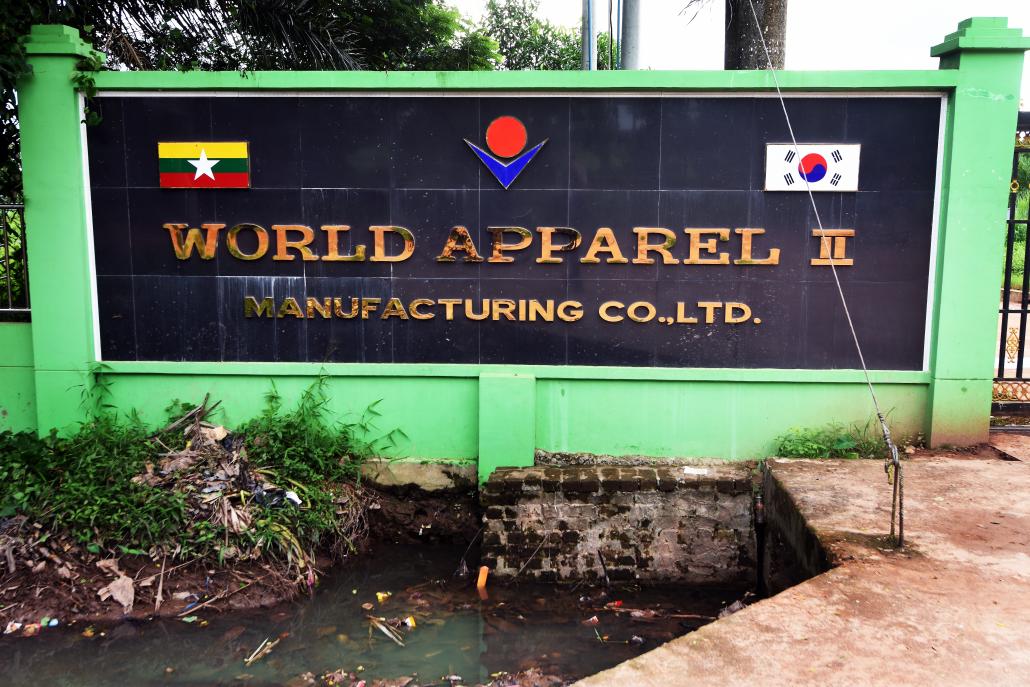
The site of the Nyaunghnapin Camp has laid empty since the constitution was drafted there a decade ago. (Steve Tickner | Frontier)
News of plans to start work on the zone seems to have driven a recent uptick in asking prices. Compounds beside the main road to Nyaunghnapin Camp are again selling for K50 million an acre. Land off the main road is priced from K20 to K30 million.
“I guess that the market will be active again towards the end of this year,” Soe Win said.
One South Korean investor recently visited the area seeking to buy 200 acres at K10 million an acre, but when told of the asking price he backed out, Soe Win said.
Moe Thida from DHUD said land prices were a huge problem for attracting foreign investment.
“I want to suggest that the government implements some changes on land policy because no investment will come if land prices are too high,” she said.
A long time coming
Plans for an industrial zone at Nyaunghnapin have been rumoured for several years. Three sources told Frontier that South Korean conglomerate Samsung had discussed buying or leasing the site with the Yangon Region government, when it was led by current Vice President U Myint Swe. According to some versions, the electronics giant baulked at the government’s inability to guarantee stable electricity. Moe Thida said the issue was money; Samsung was “scared off” in 2013 by the high asking price, she said.
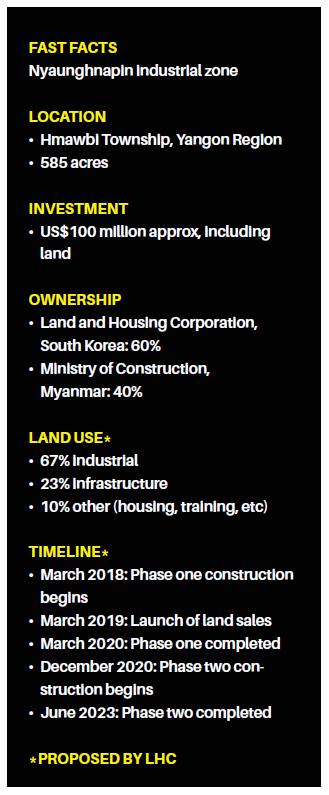
typeof=
About the same time, LHC began talks with the government. Its chief representative in Myanmar, Mr Shin Hyo-Sub, said the agency first discussed investing in the country in June 2013, during a visit by Deputy Prime Minister Mr Hyun Oh-Seok, whose portfolio included strategy and finance.
Shin said the Nyaunghnapin site was selected for development in August 2015 at a “knowledge-sharing” workshop between LHC and the government. A memorandum of understanding was signed with the Ministry of Construction the following month and LHC soon opened an office in Yangon.
Three other sites had been considered – in East Dagon and Dala in Yangon Region, and Intagaw in Bago Region – but Nyaunghnapin had several big advantages, Shin said. “It’s government land and has good infrastructure. The roads, electricity and water supply are better than at the other places,” he said.
On June 15, LHC signed a memorandum of agreement with the Ministry of Construction and Shin said he expects the project will move forward fairly rapidly. LHC has submitted its development proposal to the ministry and once there’s agreement on the details a memorandum of agreement will be inked, followed by a joint venture agreement and land lease agreement. The project will also require Myanmar Investment Commission approval.
Work on the first phase is due to begin in March 2018 and finish two years later, with the second phase scheduled for completion in June 2023.
LHC will work on the project with two South Korean companies, Sae-A Global and Taekwang Industry Company. A special purpose company – similar to that used by Myanmar and Japan at the Thilawa Economic Zone, has been established – with LHC to hold 60 percent.
The Myanmar government is also expected to receive a soft loan from Korea Export Import Bank to fund the development of surrounding infrastructure, Shin said. A feasibility study is scheduled for completion in September.
Geopolitics
Nyaunghnapin will be competing directly for tenants with Thilawa Special Economic Zone, in Thanlyin Township on Yangon’s southeastern outskirts about 25 kilometres from downtown Yangon.
Nyaunghnapin though is much smaller – barely half the size of phase one at Thilawa. There’s also no nearby port and, for now, no guarantee that it will offer the one-stop service to investors that has helped make Thilawa a success.
But Shin said Nyaunghnapin would have a number of advantages over Thilawa. Land prices will likely be lower; another advantage, Shin said, is the area’s high population, which will provide a ready labour force.
Its location, close to major intercity highways, will suit companies that want to produce for the Myanmar market, Shin said.
‘Most investors are not worried about not being next to the port,” he said. “Look at all the industrial zones around Yangon – most are not near a port.”
Shin said South Korean businesses would be a natural market.
Moe Thida said she believed Chinese firms would also prefer the zone to Thilawa, because of their unease at dealing with Japan.
“[Companies from] some countries that are not familiar with Japan wanted to invest in Myanmar,” she said. “But they had no choice. If we have a Korean industrial zone here, China and other countries will be more likely to invest.”
Going down to K-Town
Since late October 2016, South Korea has been rocked by a corruption scandal that eventually resulted in the impeachment of President Park Geun-Hye. In November an informal adviser to Park, Choi Soon-sil, was charged with a range of offences, including abuse of authority, coercion and attempted fraud. It is also claimed that she had access to secret government documents and intervened in state affairs.
The scandal has a Myanmar angle: Choi is alleged to have used her influence to have a former Samsung executive, Mr Yoo Jae-kyung, selected as ambassador to Myanmar in March 2016.
Prosecutors allege that Choi wanted Yoo, whose credentials were accepted by Nay Pyi Taw in June 2016, to oversee a US$65 million project in northern Yangon called K-Town or Korea Town. The project would have been developed with development assistance from the South Korean government, but Choi is alleged to have held a 15 percent stake in the company set up to oversee the project.
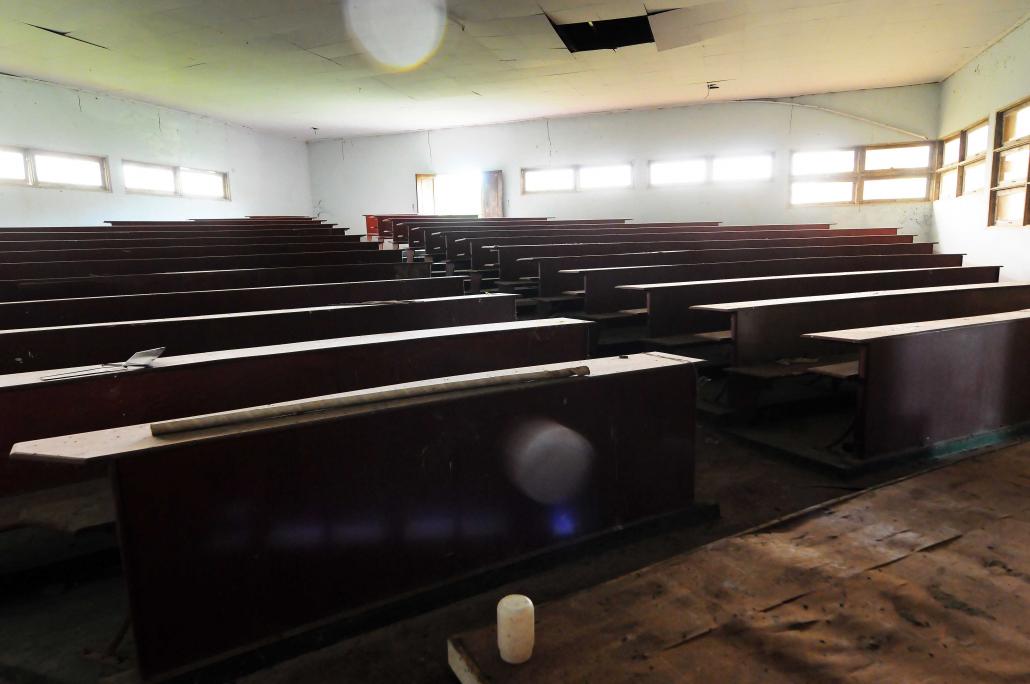
The site of the Nyaunghnapin Camp has laid empty since the constitution was drafted there a decade ago. (Steve Tickner | Frontier)
According to the Chosun Ilbo, prosecutors say the project was to promote South Korean pop culture, with which both Choi and Park were obsessed. Park reportedly discussed K-Town during a visit to South Korea by the Minister for Commerce, U Than Myint, in July 2016, but later that year the Korea International Cooperation Agency scrapped it on the grounds it was not feasible.
Shin insisted that, despite the similarities, the projects were entirely different.
Based on a timeline provided by LHC, few investment milestones were passed between July 2016 and the signing of the MOA in June this year. But Shin said this had nothing to do with the appointment of Yoo as ambassador, or his recall to Seoul to face corruption investigators.
Rather, the “project structure, land price and infrastructure had to be negotiated” during this period, he said, adding, “These are very important.”
Shin said the Nyaunghnapin industrial zone was a “pilot project” in Myanmar for LHC, which has developed many industrial and residential projects around the world.
“After learning from this project,” he said, “we will consider further investment in Myanmar in the future.”
TOP PHOTO: Steve Tickner | Frontier


